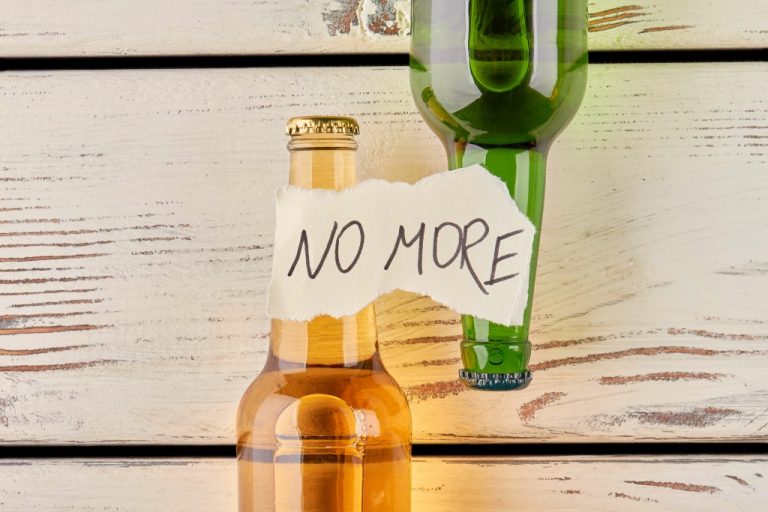They can also identify areas where they may need additional support or resources. Recovery is a lifelong process that requires ongoing commitment and effort. It involves not only abstaining from substance use but also addressing the underlying causes of addiction and making positive changes in all areas of life. This can include therapy to address emotional and psychological issues, support groups to connect with others who have similar experiences, and making healthier choices in relationships, career, and hobbies.

Sober living houses are also called sober residences, recovery houses, and recovery residences, among other names. In a sober living community, residents are granted more freedom and responsibility. At the same time, sober living community residents are being prepared to transition back into the “real world.” In the process, they are also learning how to build a structured routine in their life. For instance, a sober living community resident is required to build a schedule and a budget to maintain a healthy lifestyle.
RESOURCES
It’s important to find the path that works best for you and to seek support and resources along the way. Maintaining sobriety can be challenging, but achieving full recovery can be even more difficult. It requires a commitment to making positive changes in all areas of life and addressing the underlying causes of addiction. It’s important https://en.forexdata.info/6-unbelievably-british-easter-traditions/ to recognize that setbacks and relapses are a normal part of the recovery process. Choosing a residence can be a tough decision because there are many different residences available. You can consult with a treatment professional, your insurance company, or use word-of-mouth to see what sober living homes are recommended.

Consult a professional for a recommendation and go with what you think is your best shot at getting better. A sober home or sober living home is a type of location you can live for a period of time after completing rehab. These locations do not provide specific addiction treatment, so you should continue to see your outpatient counselors for this.
Are There Non-12-Step Sober Living Homes?
Some facilities require a minimum number of days of sobriety from substance abuse, but many will work with you to determine if you’re a good fit. Most halfway houses operate under state supervision, so residents have a corrections officer or social worker they must report to on a regular schedule. Residents may be required to complete court-mandated community Alcoholic ketoacidosis service as well. The state operated houses may also be referred to as Transitional Centers, Community Recovery Centers, or Reentry Centers. Transitioning from rehab to a sober living facility is not mandatory, but it is highly recommended. It’s an excellent opportunity to hone relapse prevention skills and gradually adjust to the outside world.

In general, a sober living home is simply a place that does not allow drug or alcohol use, so residents can support each other while they recover from their addiction or substance abuse. However, homes that more closely monitor the safety and wellbeing of their residents through therapy and drug testing usually have better success rates. In addition, state licensure or group accreditation ensures that the sober living home complies with safety standards and a code of ethics. Many sober living homes are not government-funded and are self-supporting or operated by charities or addiction treatment centers. Some recovery houses accept donations of clothing, household goods, and other items for use by residents or to sell to make money to offset the facility’s costs.
The Importance of Understanding the Differences
Unlike rehab facilities, sober homes do not have a set time limit on how long you can live there. The main goal of these facilities is to help reintegrate you into normal living so there is no rush to leave the sober home. Sober living does not provide any treatment, usually does not offer counseling and is merely a place to live with other people who are sober. Inpatient rehab provides around-the-clock treatment and counseling as well as a safe place to live. Sober living is non-invasive and generally allows reintegration back into many of the norms of society including attendance at work or school and outings. Maintaining sobriety requires individuals to resist the temptation to use substances and to develop healthy coping mechanisms for dealing with stress and triggers.
By embracing the journey of sobriety and recovery, individuals can create a foundation for long-term success and find fulfillment and happiness in their recovery journey. If you are choosing this type of residence, you’ll want to add your name to the waiting list as soon as possible and follow up regularly. Many low-cost programs are looking for residents who can show commitment to their recovery. Halfway houses serve as the halfway point between an institution and independent society, with residents usually coming from either correctional or inpatient treatment facilities.
During drug rehab, people are guided through the process of overcoming their substance abuse. Medication-assisted treatment (MAT) may be available, depending on the individual’s needs. Most facilities offer flexible programs that can be customized for each client’s unique situation. Since Camelback Recovery is a women’s sober living program, based in Scottsdale, one of the most common questions asked is if we are a rehabilitation facility. Sober living and rehabilitation programs are both means to the same end, but they differ.

